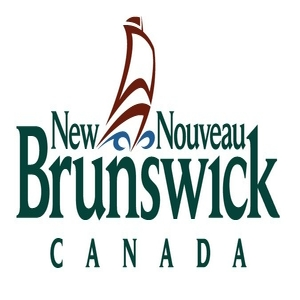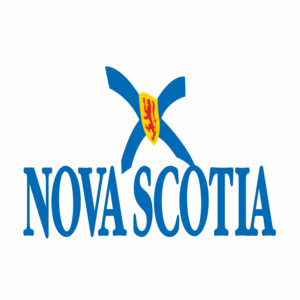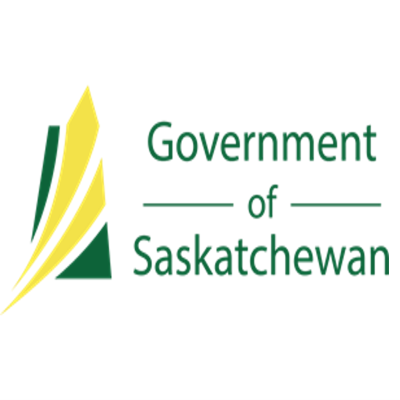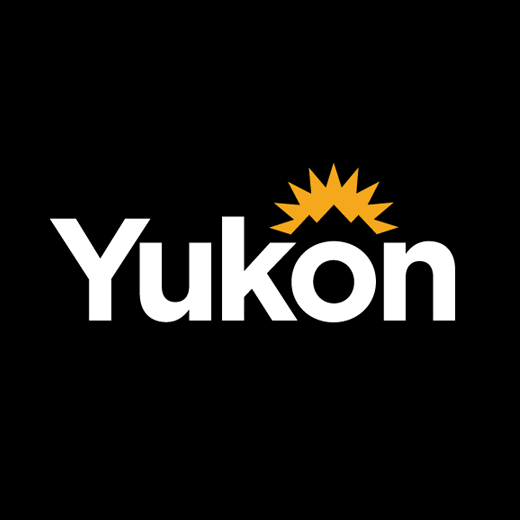management
Type of resources
Topics
Keywords
Contact for the resource
Provided by
Formats
Representation types
Update frequencies
status
-

Dataset featuring the spatial location of vegetation management (silvicultural herbicides) treatments on provincial Crown Lands. The dataset is a historical record of silvicultural herbicide treatments which is used to inform the history of forest management activities on provincial Crown lands.
-

Delineates the administrative units used by the NB Department of Natural Resources and Energy Development (DNRED) to manage populations and harvest of deer, moose, bear and furbearer species. Examples of furbearer species are beaver, muskrat, otter, mink, fox, and raccoon. Wildlife Management Zones were first established by Fish & Wildlife Branch in the early 1990s by combining climate, topography, geology and soils layers to identify unique zones with differences in basic landscape features relevant to wildlife. These were adjusted to boundaries easily recognized by the public. Most boundaries follow roads, rivers, lakes, streams or railroads. Do not confuse Wildlife Management Zones with Wildlife Management Areas and Wildlife Refuges (in the Wildlife Refuge GIS layer).
-

Provides the locations of known farms within the Province of New Brunswick.
-

Nova Scotia is divided in 12 deer management zones and deer hunting regulations may vary by zone. When accuracy is needed, consult the official legal wording of the Wildlife Act and its Regulations. Laws are subject to change at any time and are available online. Links to wildlife related acts can be found here: https://novascotia.ca/natr/wildlife/laws/actsregs.asp. For a summary of the hunting and furharvesting regulations in Nova Scotia, see: https://novascotia.ca/natr/hunt/pdf/hunting-and-furharvesting-summary-of-regulations.pdf
-

Spatial location of all harvesting identified in the first 10 years of 2012 Forest Management Plans for Crown timber licenses. Blocks are identified by broad treatment category and by the period (2012-2016 and 2017-2022) they are available for harvest.
-

This dataset consists of the provincial submerged land management areas. It was generated from data provided by the University of New Brunswick (under contract to Service New Brunswick).
-

DNRED has archived images of wall maps that represent pest management treatment plans from 1952-1993. The level of detail of the maps varies greatly over the 40 years of records. Typically, these maps are at a scale of 1:500,000 where 1 centimeter represents 5 kilometers on the ground. The archived treatment plans outline the broad application blocks. Considerable effort was made to digitize these maps in a more accessible format by DNRED and NRCan-CFS. Images were ground referenced and individual treatment polygons were outlined for all years from 1952-1993 so that they could be used in modern geographic information systems. The process of creating a digital map from a hand drawn map is not perfect and slight differences are expected./Le ministère des Ressources naturelles et du Développement de l’énergie (MRNDE) a archivé des cartes murales représentant les plans de traitement antiparasitaire de 1952 à 1993. Le niveau de détail des cartes varie grandement au fil de ces 40 années. En général, ces cartes sont à l’échelle 1
-

The Wildlife Management Zone polygons are a representation of the zones as described in legislation. They are used for the management of wildlife in Saskatchewan. Wildlife Management Zones (WMZ) are used for the management of wildlife, mainly game species, in the Province of Saskatchewan. Hunting activities are governed and wildlife populations (inventories) are monitored using these zones. These assigned zone boundaries help address the wildlife management issues of the day and are subject to change as wildlife populations and management practices evolve. The last revision to the WMZ boundaries was March 27, 2014. This revision moves some boundaries to readily identifiable landmarks such as numbered highways, municipal roads or water bodies for ease of public use. Descriptions are written in a manner that better allows boundaries to follow highway or provincial forest boundary updates without ammending the regulation. These boundaries are described legally in the Wildlife Management Zones and Special Areas Boundaries Regulations, 1990 (shortened to WMZSABR for dataset naming). These regulations are in force under The Wildlife Act, 1998. Copies of these documents can be found at www.qp.gov.sk.ca. This spatial feature class is the polygon representation of the zones as described in the regulation. Although these digitized boundaries are intended to be as accurate as possible, the regulations supersede this data should discrepancies occur. The polygons you see here are constructed from the lines contained in the WMZ framework feature class, which is a clause by clause representation of the legal regulation. Regulation changes to the zones, when they occur, should be digitized in the framework first, and then constructed into polygons for this feature class. This maintains consistency, accuracy and serves as a quality control process for these legally designated areas.
-

ORV management areas are designate areas where off-road vehicle use is managed for the protection of ecological balance or physical characteristics within the area, including on mineral claims and in territorial parks. Off-road vehicle management areas can result from recommendations coming out of public planning processes, such as regional land-use planning, local area planning and special management areas such as Habitat Protection areas or parks. Governments and other groups, such as the Fish and Wildlife Management Boards and Renewable Resource Councils can submit a proposal that identifies ecologically-sensitive areas that off-road vehicle management areas could protect. Distributed from [GeoYukon](https://yukon.ca/geoyukon) by the [Government of Yukon](https://yukon.ca/maps) . Discover more digital map data and interactive maps from Yukon's digital map data collection. For more information: [geomatics.help@yukon.ca](mailto:geomatics.help@yukon.ca)
-

Attack bases are locations where fire response is delivered from. Distributed from [GeoYukon](https://yukon.ca/geoyukon) by the [Government of Yukon](https://yukon.ca/maps) . Discover more digital map data and interactive maps from Yukon's digital map data collection. For more information: [geomatics.help@yukon.ca](mailto:geomatics.help@yukon.ca)
 Arctic SDI catalogue
Arctic SDI catalogue